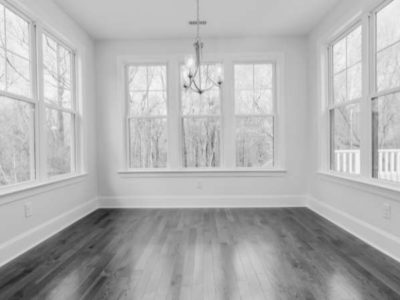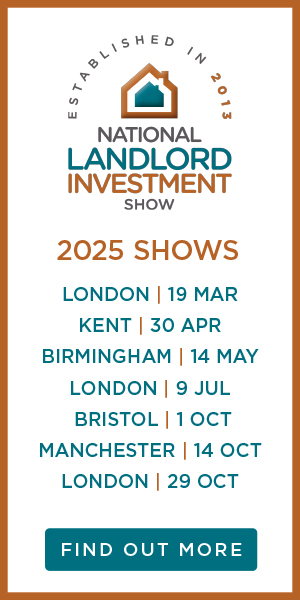The pause in interest rate rises might well elongate into an interlude in November.
Central banks don’t always sing from the same songsheet, but the Bank of England is expected to stay in tune with mood music, which is already playing at the Federal Reserve.
The ‘wait and see’ chorus appears to have been growing louder within the Monetary Policy Committee and given that the latest jobs data suggests a fresh cooling off in the labour market, policymakers are likely to keep rates on hold again, and wait for the previous rate hikes to take effect more fully.
As more homeowners are forced to take on big increases in monthly mortgage costs as their deals come to an end, the effect of financial fragility is likely to show up in more frugal spending patterns and more uncertainty about jobs moves and reticence when it comes to pay demands.
Already the economy is flatlining, with growth proving very elusive, showing that demand is being squeezed out.
Fresh weakness in the housing market, with prices continuing to fall, affects people’s perceptions of their wealth – and with house moves on hold, it won’t encourage spending on renovations and interior decor.
If wage growth and goods and services price increases keep heading down, it’ll make policymakers more adverse to another hike.
But given the stop-start nature of the downwards march of inflation and its very stubborn tendencies, any cut still doesn’t look likely until the second half of next year, particularly with oil prices remaining elevated among geo-political tensions.
Sarah Coles, head of personal finance, Hargreaves Lansdown explains what this means for mortgages and savings:
“Mortgage rates have fallen slightly from a recent peak for the average 2-year rate of 6.85% at the start of August to 6.34%.
However, they’re still a long way above the levels we saw in the spring – let alone the sub 2% rates so many people on fixed rate mortgages have come to rely on.
The expectation that rates will hold for a considerable period may see mortgage rates come down slightly further.
There are still some people in the market who think there could be another rise in the works, so if nothing materialises, this expectation will gradually filter out of prices, and rates come down a little.
However, there’s not much of a rise priced in, so we won’t see them fall particularly far.
For there to be significant movement, it would require the market to expect an imminent cut or rise.
Right now, we’re expecting neither, so it would take for the picture to change significantly for rates to move dramatically in the next six months or so.
Anyone coming to the end of a fixed rate deal and looking to remortgage has a few options.
They can opt for a variable rate.
Their circumstances will dictate the best rate they can get – ranging from less than 0.2% above the base rate to more than 1%.
They could reasonably expect their monthly payments to hold steady for a significant period and then drop, but there are no guarantees, and any surprises could push them up.
If the uncertainty is enough of a concern, they might prefer to lock in a fixed rate deal now – up to six months before the remortgage is due.
If rates fall from here, they can ditch the deal and shop around.
However, if there are any nasty surprises that push rates up again, they’ve secured a fixed rate bargain.
The question of how long to fix for is thorny. Longer term fixes are cheaper, but if someone opted for a two-year fix, there’s a reasonable chance rates would be lower when they came to remortgage.
The decision will come down to whether their priority is the cheapest possible fix today, or whether they’re prepared to pay more today in the hope of a cheaper deal later.
For savers, we’ve seen every sign that fixed rates have peaked, and are on their way down.
The easy access market is holding steadier, but the top of table is dominated by accounts only allowing a very limited number of withdrawals.
If you want truly easy access, you can get up to 5.15%.
We’re not expecting an awful lot of dramatic overnight moves, but savings rates are likely to fall gradually from here, as any lingering expectations of more rate rises fall out of prices.
If you were waiting for a good time to fix, now is the time to act, while we still have some of the most competitive savings rates for more than a decade.
We can’t be absolutely certain this is as good as it will get, of course, and if inflation surprises on the upside, there’s still the chance the Bank of England will raise rates.
If it does this, or even if the market thinks it will, then savings rates may move northwards again.”
Helen Morrissey, head of retirement analysis, Hargreaves Lansdown, comments on what this means for annuities:
After a period of huge rises annuity rates have settled in more recent months.
An interest rate pause and elevated bond yields are supporting higher annuity rates as we saw in the aftermath of last year’s mini-Budget.






















Comments